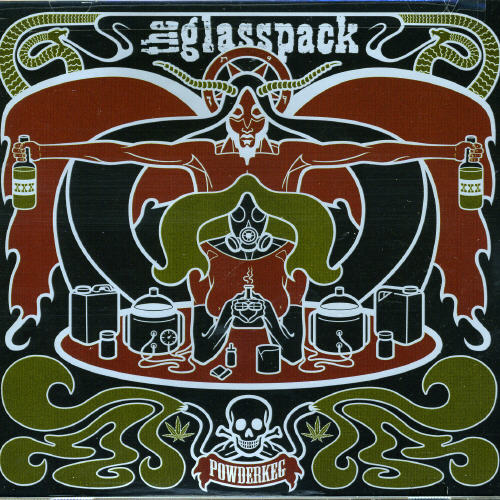
description
0
A brilliant and bloody examination of the axe's foundational role in human history, from prehistoric violence, to war and executions, to newspaper headlines and popular culture.
For as long as the axe has been in our hands, we have used it to kill. Much like the wheel, the boat, and the telephone, the axe is a transformative piece of technology--one that has been with us since prehistory. And just as early humans used the axe to chop down trees, hunt for food, and whittle tools, they also used it to murder. Over time, this particular use has endured: as the axe evolved over centuries to fit the needs of new agricultural, architectural, and social development, so have our lethal uses for it. Whack Job is the story of the axe, first as a convenient danger and then an anachronism, as told through the murders it has been employed in throughout history: from the first axe murder nearly half a million years ago, to the brutal harnessing of the axe in warfare, to its use in King Henry VIII's favorite method of execution, to Lizzie Borden and the birth of modern pop culture. Whack Job sheds brilliant light on this familiar implement, this most human of weapons. This is a critical examination of violence, an exploration of how technology shapes human conflict, the cruel and sacred rituals of execution and battle, and the ways humanity fits even the most savage impulses into narratives of the past and present.member goods
No member items were found under this heading.
Return Policy
All sales are final
Shipping
No special shipping considerations available.
Shipping fees determined at checkout.







